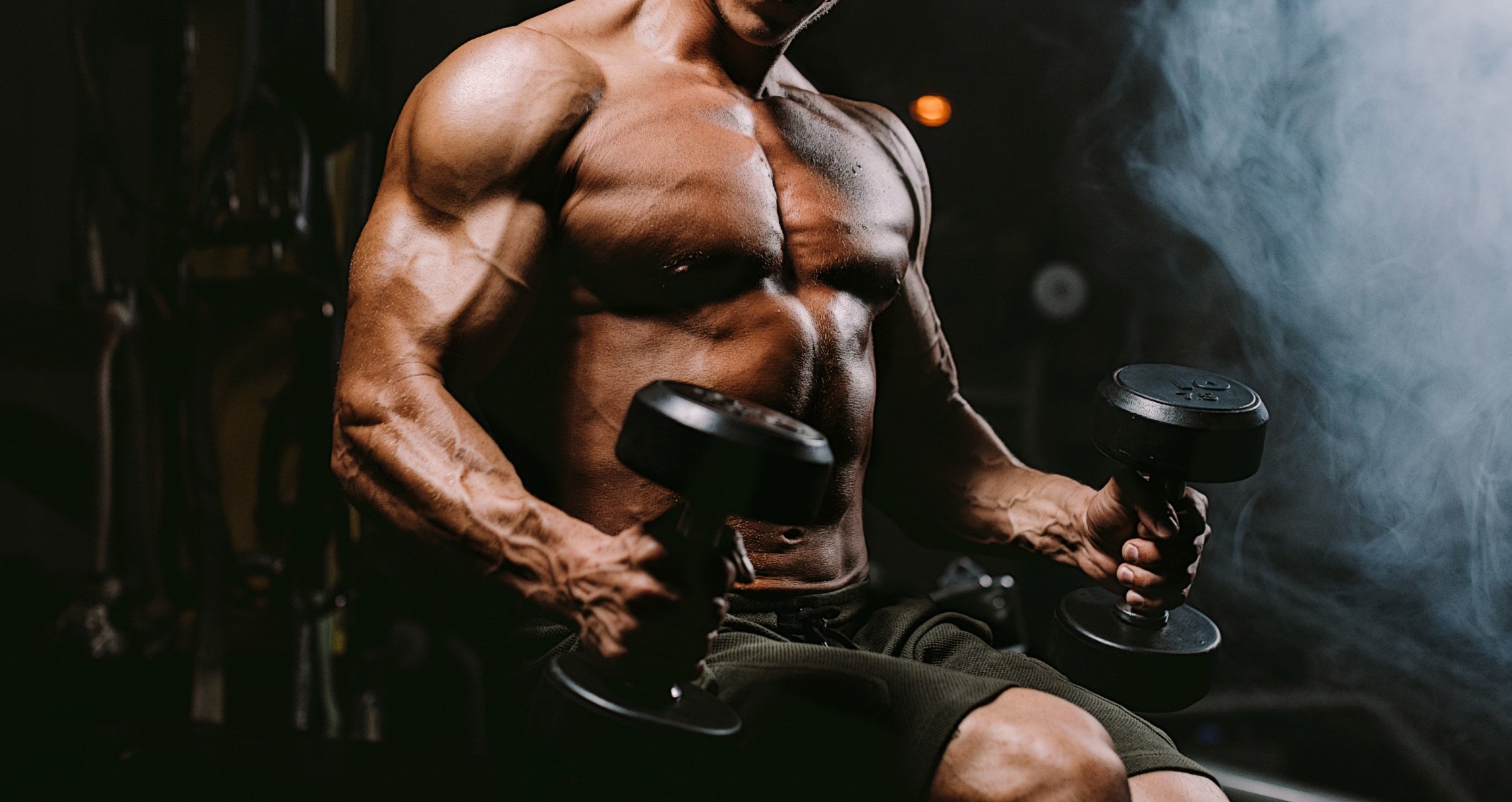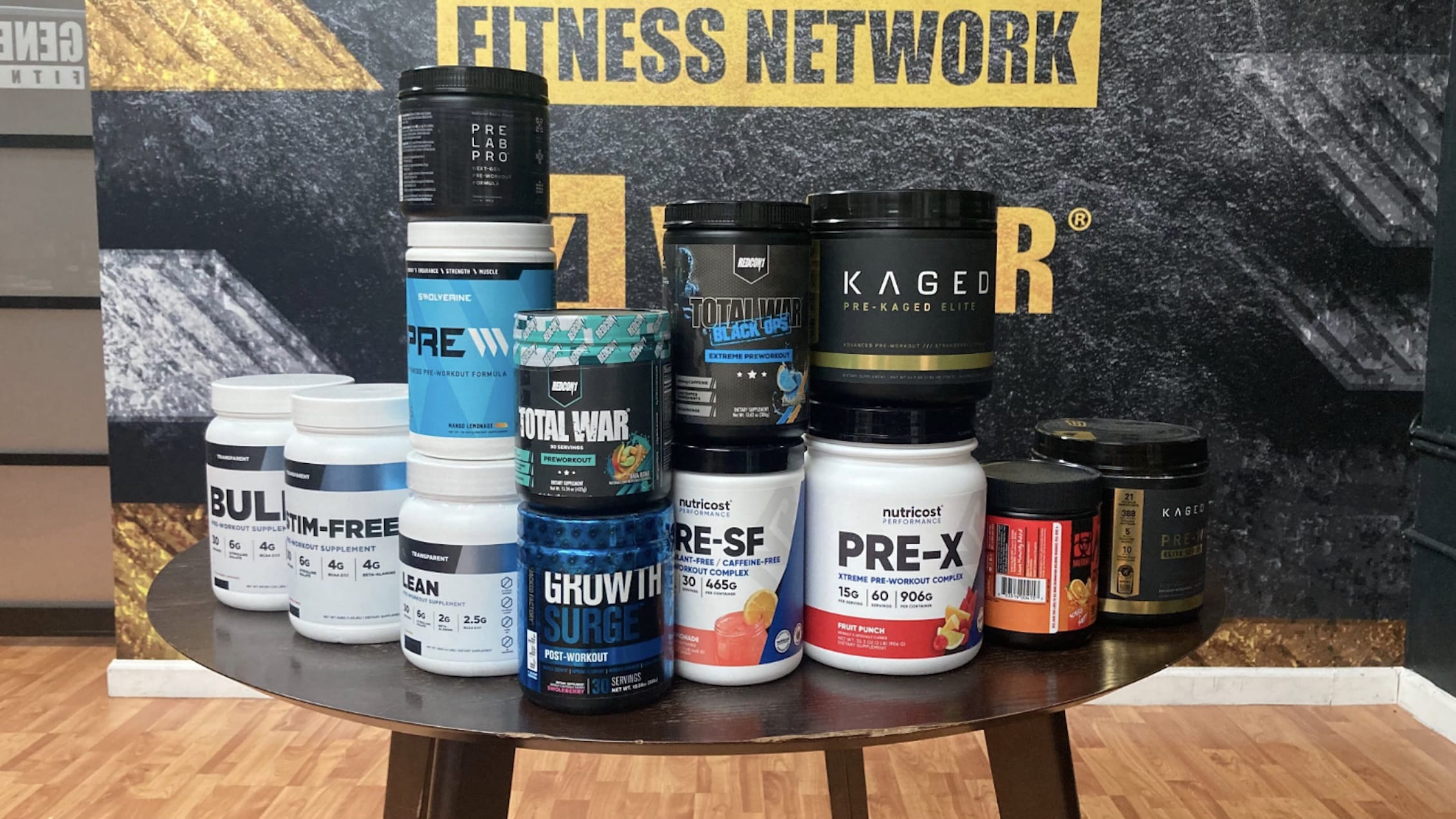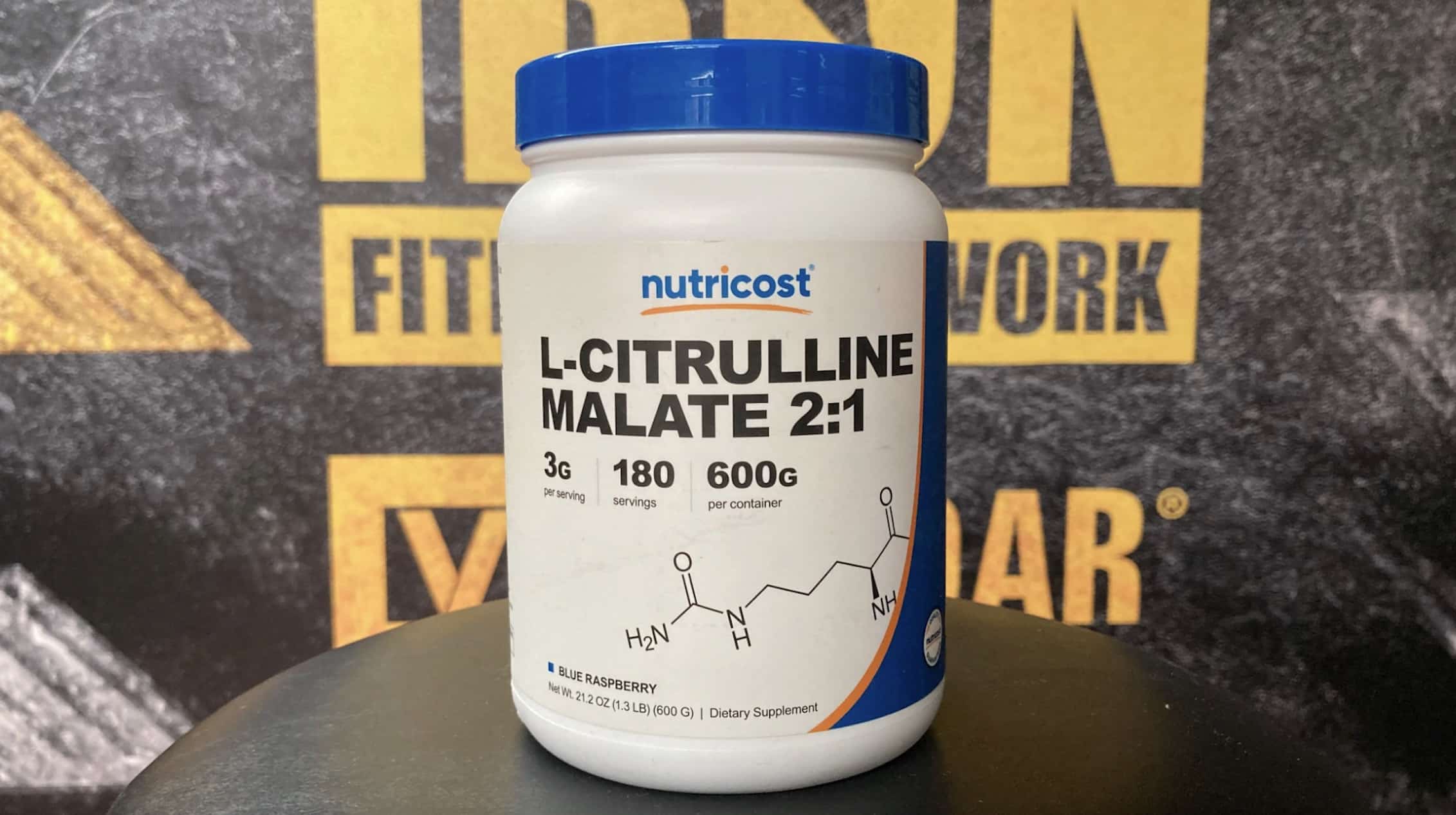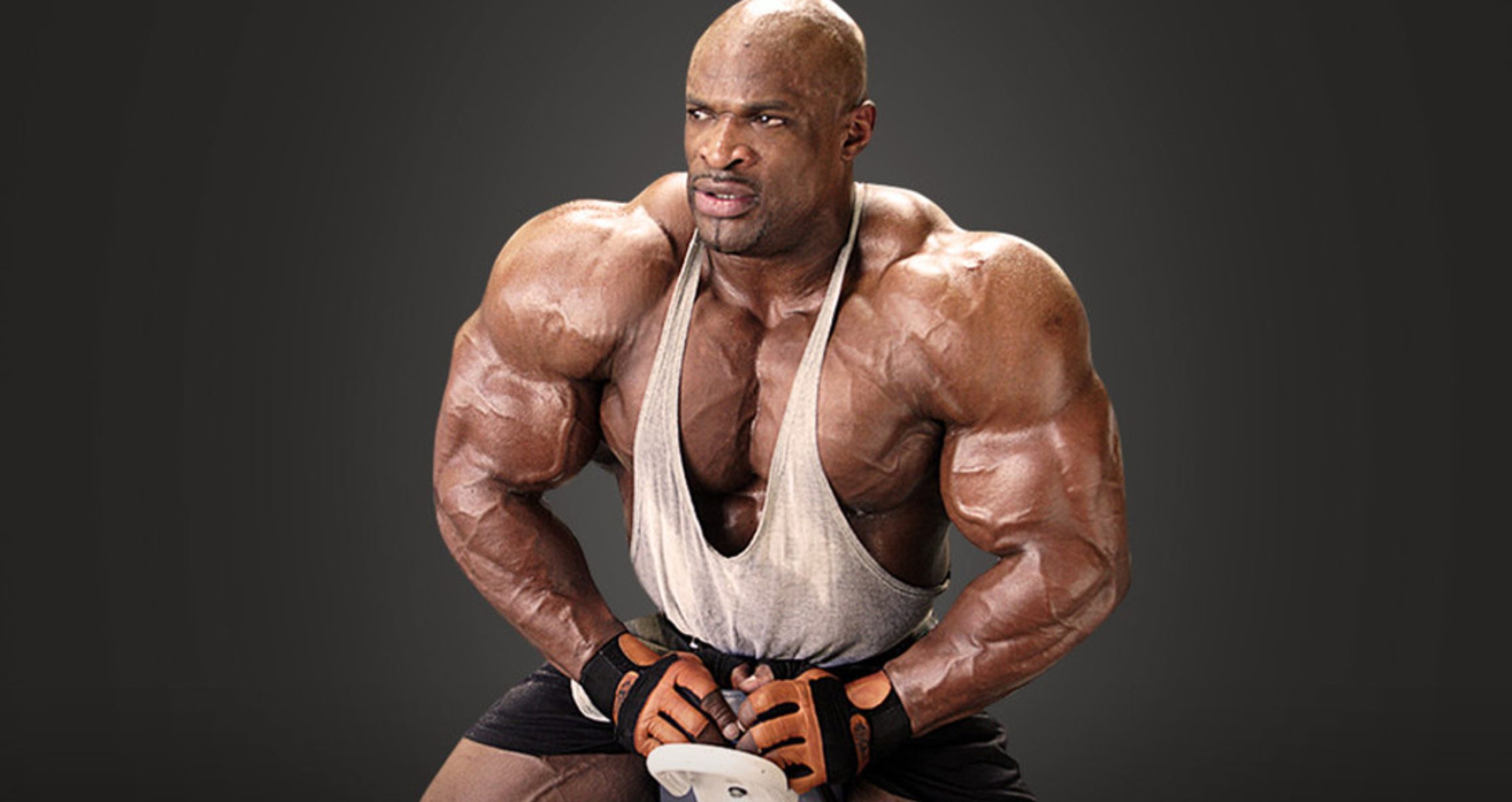Dr. Israetel blends science and bodybuilding to build his physique.
Dr. Mike Israetel is a renowned exercise scientist and fitness expert celebrated for his practical, science-based approach to fitness and bodybuilding. With a PhD in Sport Physiology, he has dedicated his career to bridging the gap between research and real-world applications. As the co-founder of Renaissance Periodization, a company committed to helping people achieve their best physical condition, Israetel has become a leading voice in the fitness industry.
With his extensive bodybuilding, nutrition, and coaching expertise, he maintains an impressive, muscular physique year-round. His approach demonstrates that it’s possible to get strong, lean, and fit by applying evidence-based principles to training and nutrition.
This article delves into Dr. Mike Israetel’s complete workout routine, highlighting his innovative, science-driven techniques for building and maintaining his incredible physique. We’ll also explore his journey, sharing insights into his background and essential training tips for anyone looking to maximize their fitness and growth. Let’s dive in!
| Full Name: Dr. Mike Israetel | ||
| Weight | Height | Date of Birth |
| (108 kg) 238 lbs | (168 cm) 5’6” | 1984 |
| Profession | Era | Nationality |
| Exercise Scientist, Educator, Trainer, & Bodybuilder | 2010s, 2020 | Russian |
Who Is Dr. Mike Israetel?
Dr. Mike Israetel was born in Moscow, Russia, in 1984 and moved to the USA at seven years of age for better opportunities. He and his family immigrated to Oak Park, Michigan, and Israetel excelled in his studies and sports. He attributes this to his upbringing, which instilled discipline, a good work ethic, and determination.
He’s also a Brazilian jiu-jitsu fighter and holds a brown belt under Josh Vogel. Israetel has won several bodybuilding and powerlifting championships, including the Arnold Classic and IPF World Championships.
Israetel worked hard to get to the top of sports, fitness, and science. He holds a PhD in Sports Physiology and became an exercise and sport science professor in the School of Public Health at Temple University in Philadelphia. There, he taught several courses, which include:
- Advanced Sports Nutrition & Exercise
- Nutrition for Public Health
- Nutrition & Behavior
Dr. Mike Israetel has also done his fair share of consulting, being an invited speaker at numerous scientific, health, and performance conferences. He has conducted nutrition training seminars at the U.S. Olympic Training Center and worked as a consultant on sports nutrition for the U.S. Olympic Training Site.
Israetel co-founded Renaissance Periodization, where he coaches athletes on the best ways to improve their performance in sports and everyday life. He’s also the author of several books, like Renaissance Diet and Scientific Principles of Hypertrophy Training.
Dr. Mike Israetel’s Workout Routine
Dr. Mike Israetel’s workouts depend on his weekly schedule or his available time. He has mastered the art of different approaches to training and still achieves his desired results, which are strength and muscle gains.
If you don’t have much time but are still looking for muscle and strength gains, Dr. Mike Israetel emphasizes incorporating compound exercises and supersets to save time and get equally significant results. You can do all of this in 30 minutes. Here is how Dr. Mike Israetel approaches his timesaving workouts:
- Warm-up (treadmill, three minutes). This study shows warm-ups before major exercise can improve performance (1).
- Use moderate loads.
- Keep the rep range between 10-20.
- Consider bodyweight, free weights, and cables over heavy lifts.
- Supersets & trisets, which research shows, can enhance training efficiency and reduce training time (2).
- Very short rests between sets (five to ten seconds’ rest).
Monday — Upper Body Day
| Exercises |
| Superset: Dumbbell Incline Press, Underhand Pulldown |
| Superset: Cable Triceps Pushdown, Standing Dumbbell Curl |
| ROM Dumbbell Lateral Raise |
Superset — Dumbbell Incline Press & Underhand Pulldown
The dumbbell incline press hits most of the upper body, pushing muscles like the chest, shoulders, and triceps. You can superset this exercise with the underhand pulldown, which works the back.
Superset — Cable Triceps Pushdown & Standing Dumbbell Curl
The cable triceps pushdowns primarily work your tricep muscles. You can superset this with the standing dumbbell curls, which work your biceps.
ROM Dumbbell Lateral Raise
Finally, finish your Monday workout with a ROM dumbbell lateral raise to work your shoulders. Perform this exercise using a myo-rep set: three to four mini-sets with ten seconds of rest between each.
Tuesday — Lower Body Day
| Exercises |
| Triset: Dumbbell Reverse Lunge, Dumbbell Single-Leg Calf Raise, Seated Leg Curl |
Triset — Dumbbell Reverse Lunge, Dumbbell Single-Leg Calf Raise, & Seated Leg Curl
On this day, you do a three-way superset. Do one exercise and rest five to ten seconds. Then, perform another exercise and rest for another five to ten seconds. Finally, do the same for the last exercise. The dumbbell reverse lunge works your quads and glutes. Dumbbell single-leg calf raises isolate the calves, and the seated leg curls work the hamstrings.
Wednesday — Upper Body Day
| Exercises |
| Superset: Deficit Push-Up, Dumbbell Row |
| Superset: Cable Curl, Dumbbell Skull Crusher |
| Cable Y-Raise |
Superset — Deficit Push-Up & Dumbbell Row
Deficit push-ups target the chest, triceps, and shoulders. You can superset this with the dumbbell row, which works your back muscles.
Superset — Cable Curl & Dumbbell Skull Crusher
The cable curl works your biceps and maintains constant tension on them, which is effective for muscle growth. The dumbbell skull crusher focuses on the tricep muscles.
Cable Y-Raise
Then you round up your Wednesday upper body exercise with some Y-raises to work those delts. Perform this exercise using a myo-rep set of three to four mini sets.
Thursday — Rest & Recovery
Friday — Back & Lower Body
| Exercises |
| Heel Elevated Bodyweight Squat |
| Dumbbell Double-Leg Calf Raise |
| Dumbbell Stiff-Leg Deadlift |
Heel Elevated Bodyweight Squat
Begin Fridays with heel-elevated bodyweight squats to work your quads and hamstrings. Note that you should only go up about two-thirds of the way when performing this exercise.
Dumbbell Double-Leg Calf Raise & Dumbbell Stiff-Leg Deadlift
Finally, round up your exercises for the week with dumbbell stiff-leg deadlifts and dumbbell double-leg calf raises. The dumbbell double-leg calf raises work your calves solely, while the dumbbell stiff-legged deadlifts work the hamstrings, lower back, and glutes.
Dr. Israetel’s Top 10 Exercises for Hypertrophy
Dr. Mike Israetel’s training focuses on hypertrophy and maximizing your training time. He also prioritizes using compound exercises to hit multiple muscle groups. Below are his ten best exercises for muscle hypertrophy, chosen based on how effective the exercise is for hitting multiple muscle groups. Dr. Mike Israetel regards these exercises as his “spirit exercises”:
- Deficit Barbell Bent-Over Row
- High Bar Squat
- Standing Overhead Barbell Press
- Incline Cambered Bar Bench Press
- Barbell Skull Crusher
- Stiff Leg Deadlift
- Overhand Pull-Up
- Super ROM Lateral Raise
- Dip
- Seated Incline Dumbbell Curl
Follow Generation Iron on Instagram, Facebook, and Twitter for more workout routines from fitness experts!
References
- Fradkin, A. J., Zazryn, T. R., & Smoliga, J. M. (2010). Effects of warming-up on physical performance: a systematic review with meta-analysis. Journal of strength and conditioning research, 24(1), 140–148. https://doi.org/10.1519/JSC.0b013e3181c643a0
- Weakley, J. J. S., Till, K., Read, D. B., Roe, G. A. B., Darrall-Jones, J., Phibbs, P. J., & Jones, B. (2017). The effects of traditional, superset, and tri-set resistance training structures on perceived intensity and physiological responses. European journal of applied physiology, 117(9), 1877–1889. https://doi.org/10.1007/s00421-017-3680-3


